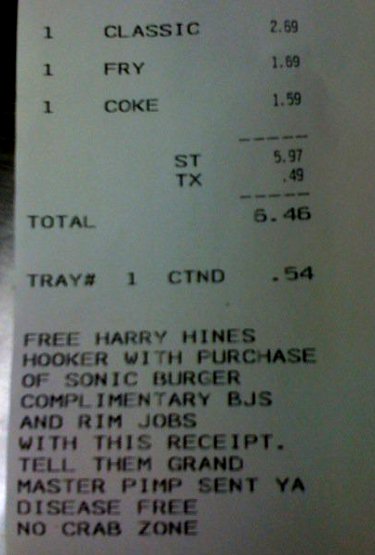Search
Holiday Party 101: How to Avoid The Lawsuit
Next week is our firm holiday party. And I am a big fan.
At the party, I like to drink Four Loko boilermakers all night until I get blackout drunk socialize with colleagues for a few hours before cabbing home for the evening. Generally, I go crazy have a good time. But I rarely always keep it in check. There are others like me at OTHER holiday parties who succumb to the sweet nectar of the gods get a bit tipsy after consuming too many drinks. And where there’s Tipsy, both Handsy and Sailormouth generally come out to play too.
This will could happen at your business. So what steps are you taking to prepare for this inevitability possibility (besides having my number on speed-dial)? Not sure what to do? I’ll help you with some tips after the jump.
 The Employer Handbook Blog
The Employer Handbook Blog




